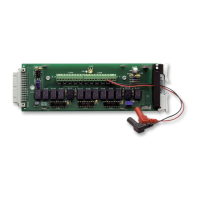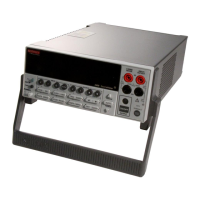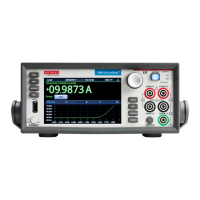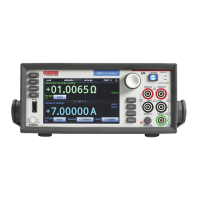Interactive SourceMeter® Instrument Reference Manual Section 8:
2450-901-01 Rev. B/September 2013 8-23
Details
This command indicates whether the reading buffer should log informational events such as buffer full and buffer
cleared.
Example
MyBuffer = buffer.make(500)
print(defbuffer2.logstate)
defbuffer2.logstate = buffer.ON
print(defbuffer2.logstate)
print(defbuffer1.logstate)
print(MyBuffer.logstate)
Create the user-defined buffer MyBuffer.
Print the logstate of defbuffer2.
Output:
1
Set the default defbuffer2 to start logging
support information.
Print the logstate of both default buffers and
the user-created buffer MyBuffer.
Output:
1
1
Also see
buffer.delete() (on page 8-9)
buffer.make() (on page 8-11)
bufferVar.clear() (on page 8-17)
print() (on page 8-77)
printbuffer() (on page 8-78)
Reading buffers (on page 3-10)
Remote buffer operation (on page 3-27)
bufferVar.n
This attribute contains the number of readings in the specified buffer.
Type TSP-Link accessible Affected by Where saved Default value
Instrument reset
Power cycle
Usage
numberOfReadings = bufferVar.n
The number of readings stored in the buffer
The name of the reading buffer, which may be a default buffer (defbuffer1 or
defbuffer2) or a user-defined buffer
Details
If you do not know how many readings are in a buffer, you can use the bufferVar.n attribute in other commands.
For example, to print all of the readings in a buffer, use the following command:
printbuffer(1, defbuffer1.n, defbuffer1.readings)
However, when you use the bufferVar.n command, be aware of how much data is returned because the
buffer in the receiving application (such as in LabView or VB net) needs to be big enough to receive all of the
data.
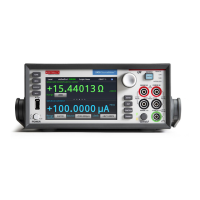
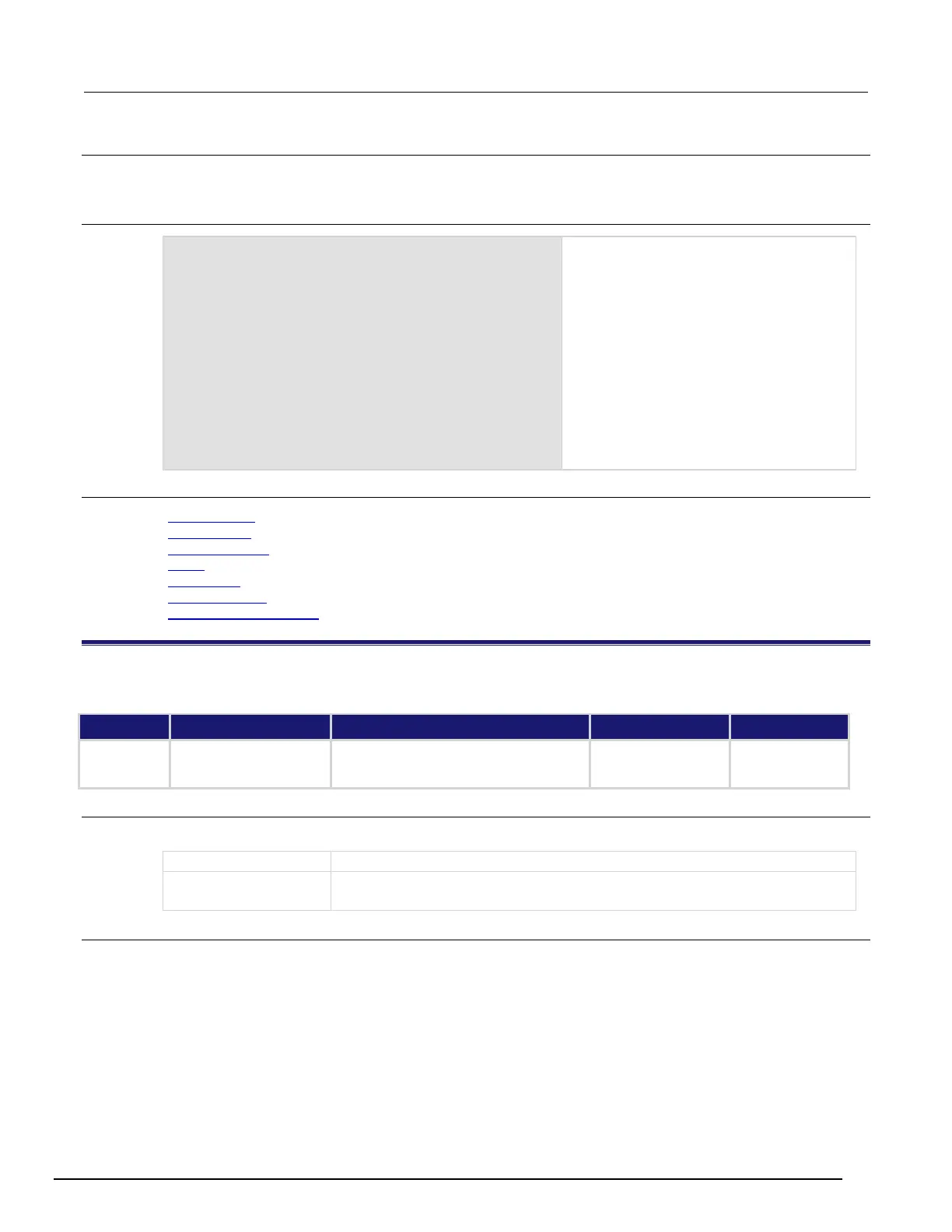